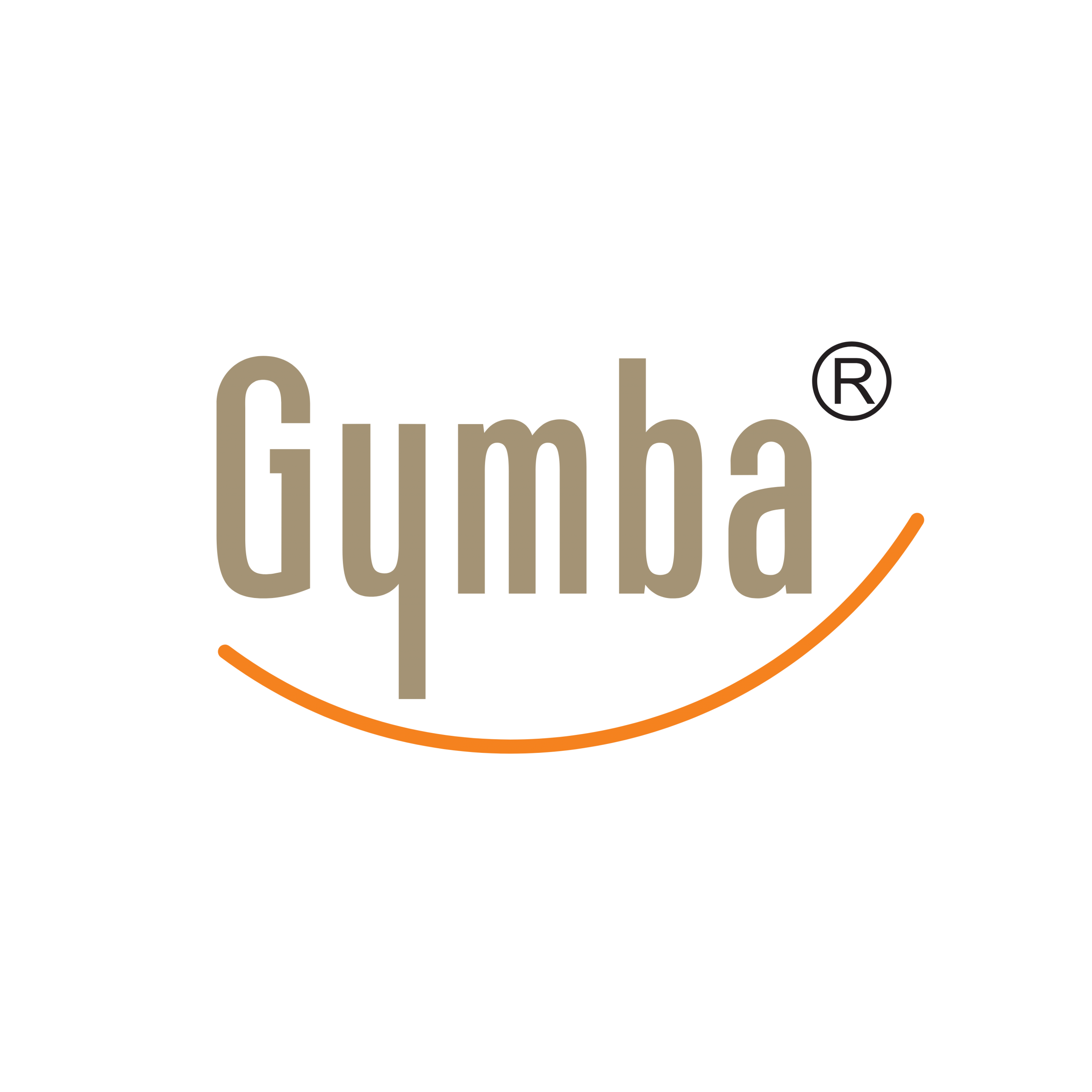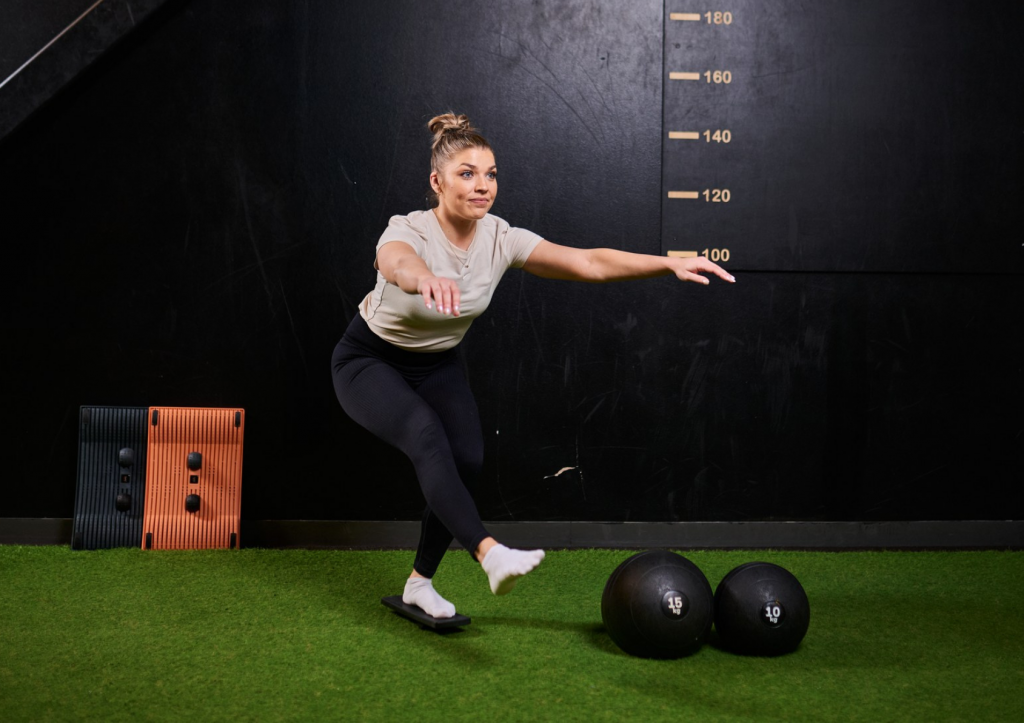Every successful athlete knows that true power doesn’t start in the limbs – it begins at the core. Whether you’re a professional football player, a dedicated runner, or someone just starting their fitness journey, your core serves as the central command center for every movement you make. The difference between average and exceptional athletic performance often comes down to how effectively this powerhouse functions.
Core strength is more than just having visible abdominal muscles. It encompasses a complex system of deep muscles that stabilize your spine and pelvis, allowing for efficient transfer of force throughout your body. Understanding this connection and learning how to properly develop your core can transform your athletic capabilities.
The science behind core strength and athletic performance
Your core is essentially your body’s power station. This complex network of muscles extends far beyond just the abdominals, including the transverse abdominis, multifidus, diaphragm, pelvic floor, and many others that work together to create stability and control.
When these muscles function optimally, they create what physiologists call a “corset of stability” around your spine and pelvis. This stable foundation allows for powerful force transfer between your lower and upper body during athletic movements. Think of it as the solid base that enables a baseball pitcher to channel energy from their legs through their torso and into their throwing arm.
Research consistently shows that strong core muscles significantly improve balance, stability, and power generation across virtually all sports. For instance, studies with runners demonstrate that core stability directly correlates with running economy and reduced injury rates. Similarly, tennis players with superior core strength typically generate more powerful serves and maintain better court positioning.
This physiological advantage isn’t limited to elite athletes. Everyone from weekend warriors to professional competitors benefits from proper core conditioning, as it serves as the foundation for all movement patterns.
How does core weakness limit athletic potential?
When your core lacks proper strength and coordination, your athletic performance suffers in several critical ways:
- Energy leaks: A weak core creates inefficiencies in movement, causing power to dissipate instead of transferring smoothly through your kinetic chain. Imagine trying to sprint with a wobbly midsection – much of your leg power simply gets lost.
- Poor balance and coordination: Athletes with inadequate core strength struggle to maintain proper positioning during dynamic movements. Watch a novice gymnast versus an experienced one on a balance beam – the difference largely comes down to core control.
- Reduced power output: Without proper core engagement, even the strongest limbs cannot operate at full capacity. A boxer with weak core muscles will deliver punches with significantly less force.
- Increased injury risk: Perhaps most importantly, core weakness leaves your spine and joints vulnerable during athletic movements. This explains why footballers with poor core stability frequently experience groin injuries during quick directional changes.
These limitations manifest differently across sports. Swimmers with weak cores often experience excessive hip rotation that increases drag. Golfers struggle with maintaining their swing plane throughout their motion. Basketball players find themselves off-balance during defensive slides. The common thread is that core weakness creates a performance ceiling that no amount of skill practice can overcome.
Essential core training principles for every athlete
Effective core training requires more than endless crunches. Modern sports science emphasizes these key approaches:
- Dynamic stability exercises: Train your core to stabilize while moving, not just in static positions. Exercises like planks with limb movements better prepare you for real athletic demands.
- Rotational power development: Many sports require rotational force production. Medicine ball throws and cable rotations train your core to generate and control rotational power.
- Anti-extension/anti-rotation training: Your core must resist unwanted movement as effectively as it creates desired movement. Exercises like pallof presses train this crucial stabilizing function.
- Functional movement patterns: Integrate core training into movements that mimic your sport’s demands, such as lunges with rotation for tennis players or single-leg balance work for runners.
Progression matters tremendously. Beginners should master fundamental core stabilization before advancing to dynamic movements. Intermediate athletes should focus on building endurance and control through various movement planes. Advanced athletes can incorporate unstable surfaces and resistance to further challenge their core stability systems.
Versatile training with the Gymba Balance Board MINI
The Gymba Balance Board MINI offers a comprehensive training tool for developing core strength through multiple applications that directly benefit athletes. Its versatile design makes it ideal for balance challenges, exercise enhancement, and rehabilitation protocols.
For balance training, standing on the board with one foot creates an unstable surface that immediately activates deep core stabilizers. This simple but effective exercise progressively strengthens the core’s ability to maintain equilibrium during athletic movements. The instability mimics real-world conditions athletes face, training proprioception and balance simultaneously.
During workouts, the MINI can intensify standard exercises by adding an element of instability. Place one foot on the board during lunges or squats to engage core muscles more intensely. For upper body training, placing hands on the board during plank positions or push-ups creates a challenging environment that requires continuous core engagement.
The board’s design also makes it exceptionally valuable for rehabilitation exercises. Athletes recovering from lower extremity injuries can safely rebuild proprioception and core strength simultaneously, addressing two critical components of return-to-sport readiness.
What sets the Gymba Balance Board MINI apart is its suitability for all athletic levels. Beginners appreciate the manageable challenge it provides, while elite athletes can incorporate it into complex movement patterns for advanced training.
Beyond core training: recovery and maintenance for athletes
Athletic performance depends not just on training but also on effective recovery. The Gymba Balance Board MINI offers valuable recovery features through its unique design.
When turned upside down, the board’s fixed textured massage balls provide targeted acupressure and myofascial release for foot recovery. This feature addresses a critical but often overlooked aspect of athletic performance – proper foot function directly impacts core activation and overall movement patterns.
Proper foot mechanics create a stable base for core engagement. By releasing tension in the plantar fascia through the MINI’s massage feature, athletes improve the neurological connection between feet and core. This enhanced connection leads to better force transfer throughout the kinetic chain.
The board also facilitates effective calf stretching, which maintains lower leg mobility critical for proper movement patterns. Simply place the front of one foot on the board while keeping your heel on the ground to create an optimal stretch that maintains ankle mobility – another foundational element for core function.
Regular use of these recovery techniques prevents the compensatory movement patterns that emerge when feet and lower legs become restricted, ultimately preserving core function and athletic performance.
A strong core truly forms the foundation of athletic success at every level. By understanding the science behind core function, recognizing limitations caused by weakness, implementing proper training principles, and utilizing versatile tools like the Gymba Balance Board MINI for both development and recovery, athletes can unlock their full performance potential. Whether you’re competing at an elite level or simply working to improve your recreational activities, core strength remains the central pillar upon which all athletic movement depends.

